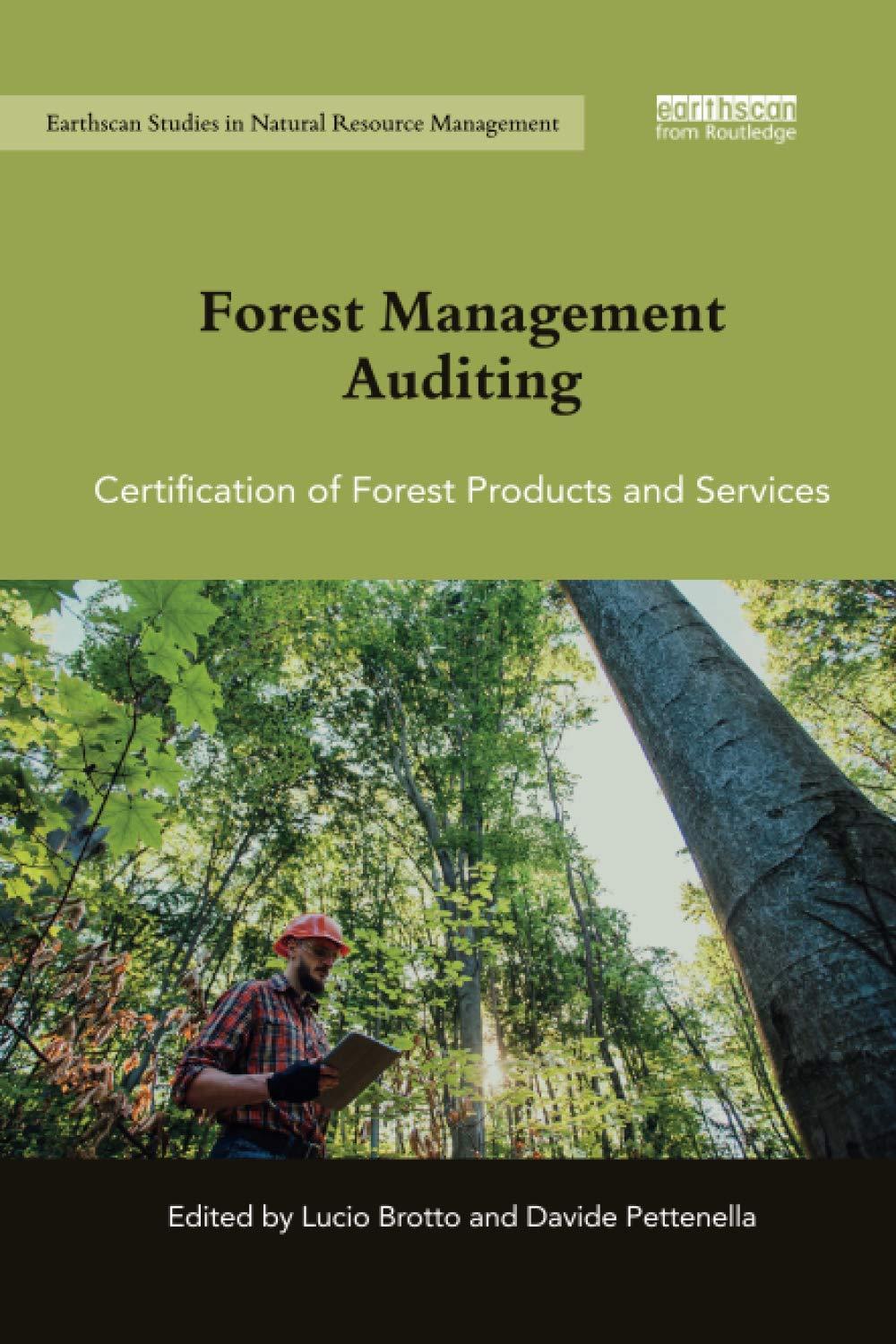Answered step by step
Verified Expert Solution
Question
1 Approved Answer
The primary basis for the classification of assets in the (balance sheet) statement of financial position) is: Alphabetical Profitability Risk Size Liquidity The books of
- The primary basis for the classification of assets in the (balance sheet) statement of financial position) is:
- Alphabetical
- Profitability
- Risk
- Size
- Liquidity
- The books of Fiona Corporation provided the following information:
| Beginning balances: Accounts receivable | $ 50 000 |
| Allowances for doubtful accounts (a credit) | 3 000 |
| Transactions during the year: Sales revenue (of which 1/2 were on credit) | 3 000 000 |
| Collections on accounts receivable | 980 000 |
| Accounts written off as uncollectible | 4 000 |
Past collection experience has indicated that 1% of credit sales normally are not collected. Therefore, an adjusting entry for bad debt expense should be made in the amount of:
a. $47,000
b. $20,000
c $15 000
d. $7,000
e. $1500
- Which of the following statements is CORRECT?
- Accounting data produced in different accounting periods is still comparable if indiscriminate changes in accounting method are permitted.
- Consistency becomes an important consideration when alternative accounting methods are considered acceptable in a given situation.
- Consistency completely rules out switching to an alternative acceptable method.
- Once an inventory costing method has been selected, managements can indiscriminately switch to another.
- All of the abov
- Which principle may conflict with the guidance provided by the relevance principle in the preparation of the financial statements?
- Matching principle
- Entity principle
- Valuation principle
- Reliability principle
- None of the above
- The purpose of an independent external audit of financial statements is to:
- Predict future financial performance and expected returns.
- Decide on the final numbers to report in financial statements.
- Ensure a business is compliant with tax obligations.
- Verify financial statements are compliant
- Analyse current worth of business
Step by Step Solution
There are 3 Steps involved in it
Step: 1

Get Instant Access to Expert-Tailored Solutions
See step-by-step solutions with expert insights and AI powered tools for academic success
Step: 2

Step: 3

Ace Your Homework with AI
Get the answers you need in no time with our AI-driven, step-by-step assistance
Get Started


